I enjoy shooting landscapes, so many of the tips I'm sharing with you here cross over from what I use with my Nikon D850 when I'm out looking for that next amazing shot...
At the time of this writing, my smartphone - an iPhone X - has 19,189 photos on it.
As you can see, I take a lot of photos!
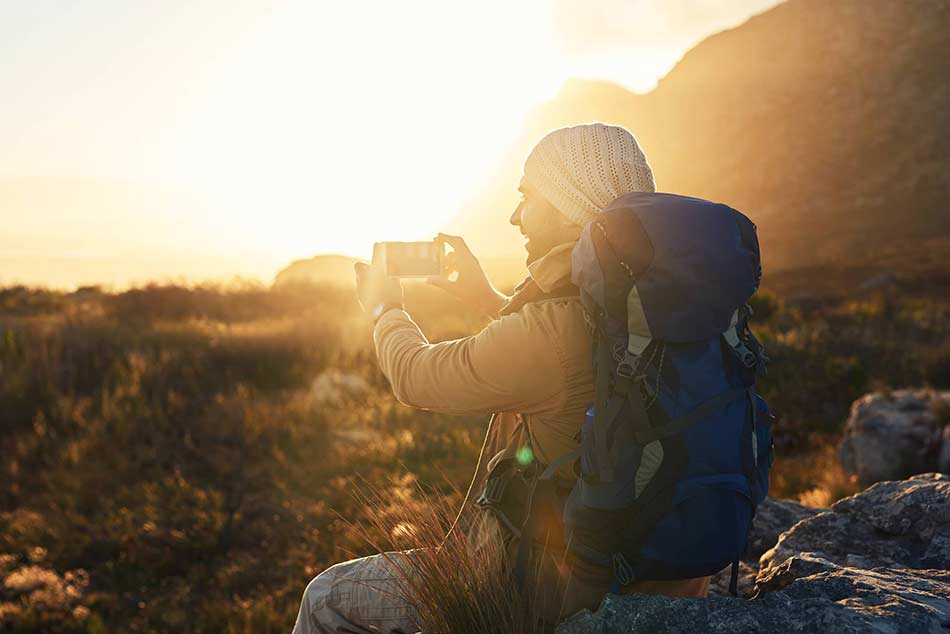
Over the years I've taken many, many more photos than that, a good portion of which were taken with my smartphone.
Here's a few tips I've learned along the way that will help you get all the juice you can out of your phone to take better landscape photos.
Landscapes Are All About Going Wide
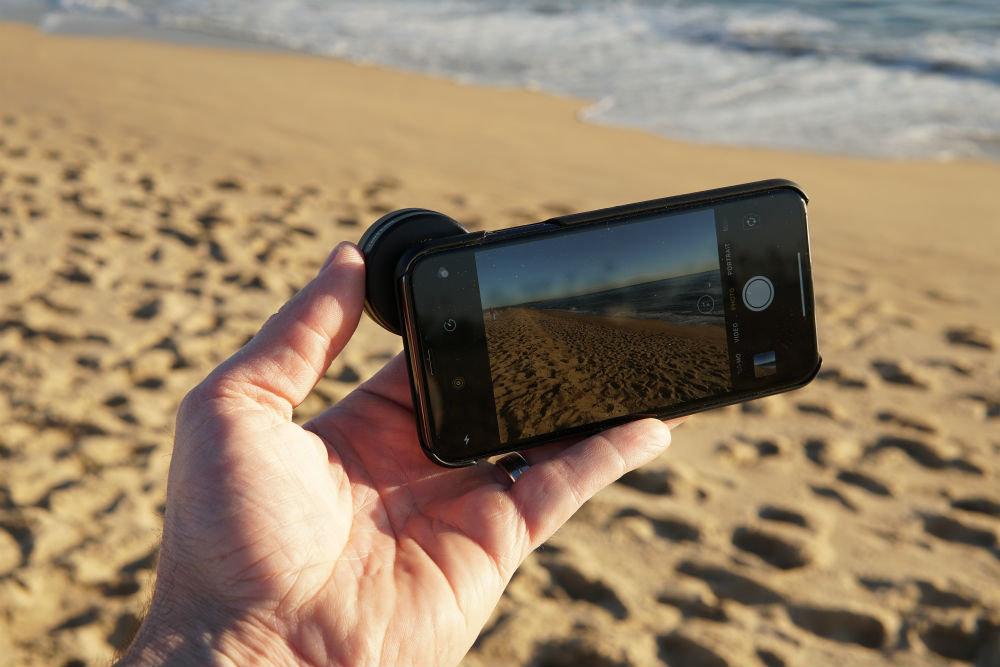
Out of the box, my iPhone X isn't bad in the camera and lens departments.
But, let's face it, it does have its limitations.
The challenge, then, is to find the right lenses to use with your iPhone.
I've tested a number of iPhone lenses over the years, and most of them have had poor optics, required huge cases to attach to the phone, or both.
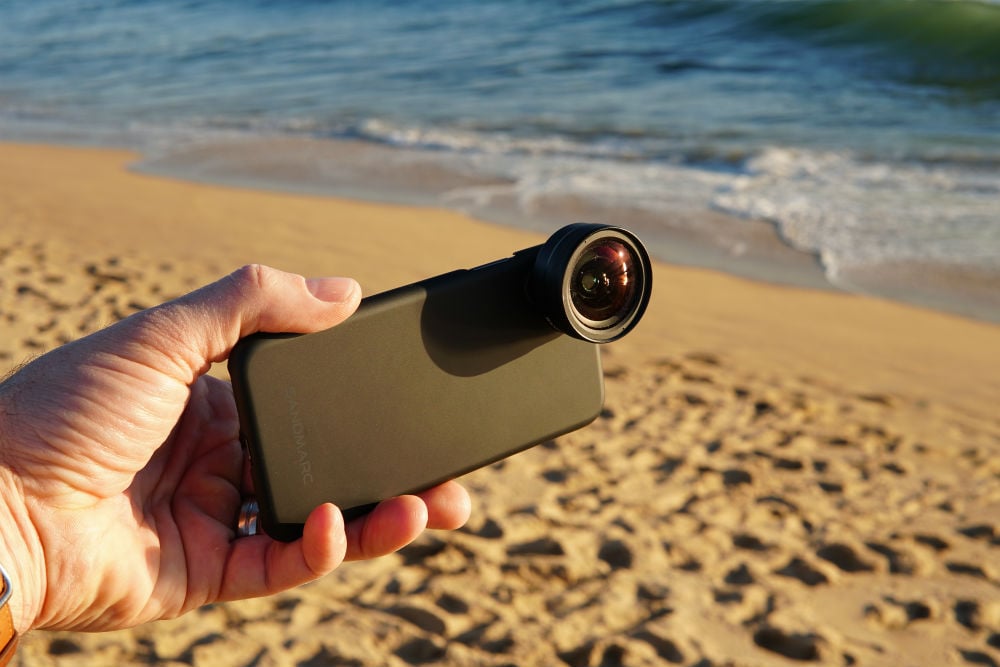
Recently, though, I got my hands on a set of iPhone lenses from Sandmarc, and, well, they've certainly won me over!
A couple of things right out of the gate really impressed me.
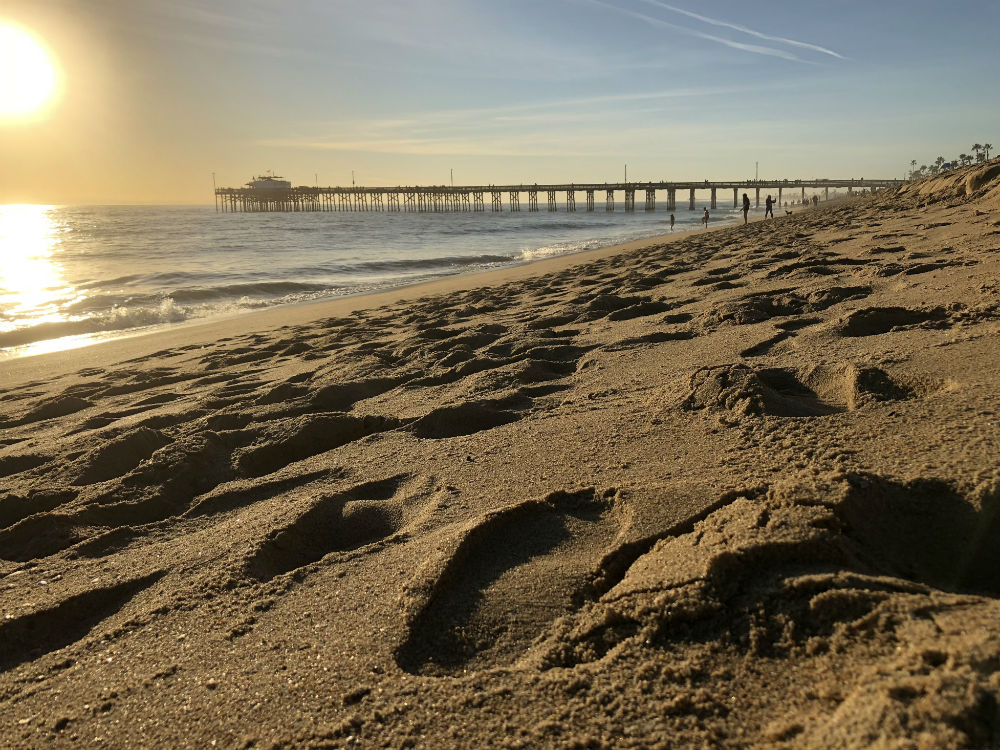
First, the build quality of these lenses is second-to-none. The lens is constructed from premium multi-coated optics so you get clear, sharp images with minimal flare, ghosting, and other aberrations.
The wide-angle lens gives you 2x the field of view, too, so you can incorporate more of those gorgeous landscapes into a single shot. You can see the difference between the field of view with the iPhone X's native lens (above) and with the Sandmarc wide-angle iPhone lens (below), which has an effective focal length of 16mm.
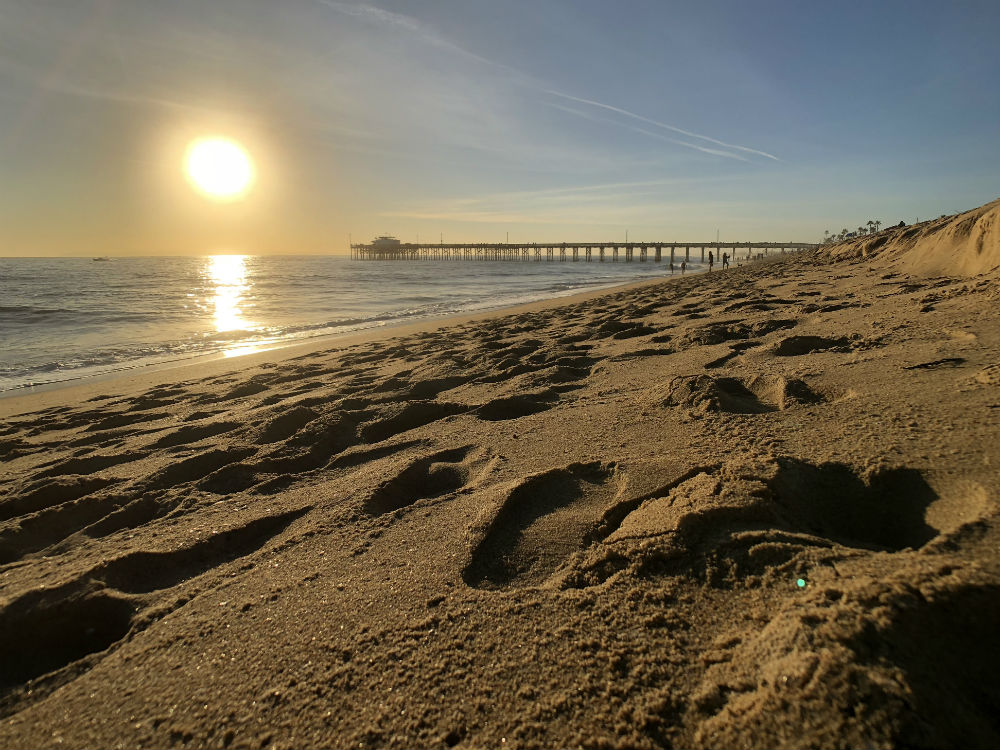
Second, the lens has a low-profile case, so you don't feel like you're carrying around a brick phone with a bulky and clumsy case that gets in your way.
In fact, not only is the case the world's thinnest lens case mount, but you can also simply clip the lens onto your phone if you already have a case or don't need a case at all.
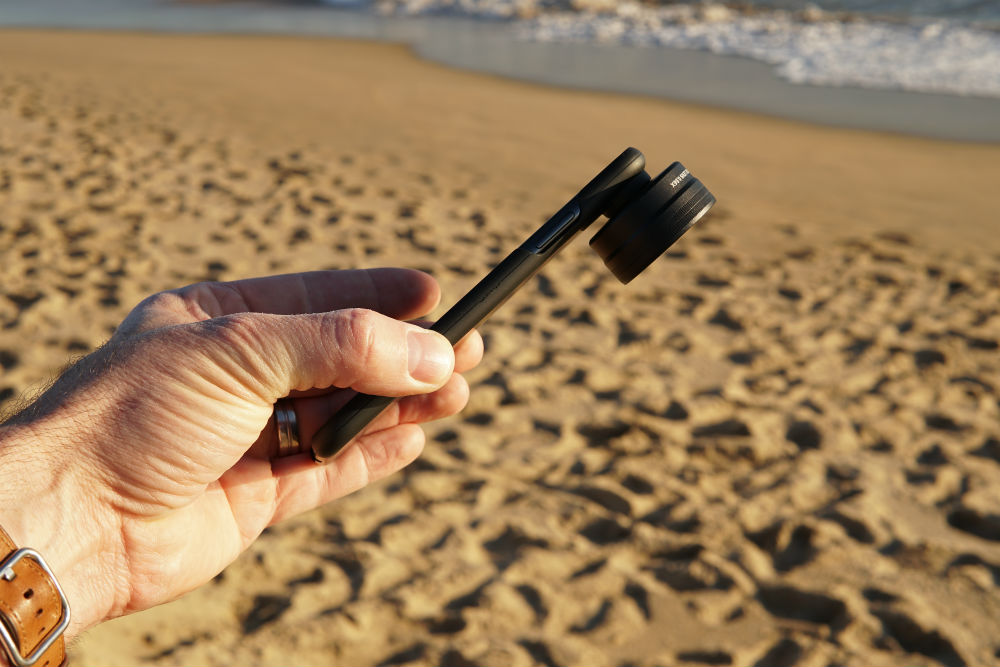
The only bummer is that the case was a bear to remove from my phone.
But after speaking with the fine folks at Sandmarc, I've been assured that in a couple weeks, a new case will be released that specifically addresses that problem.
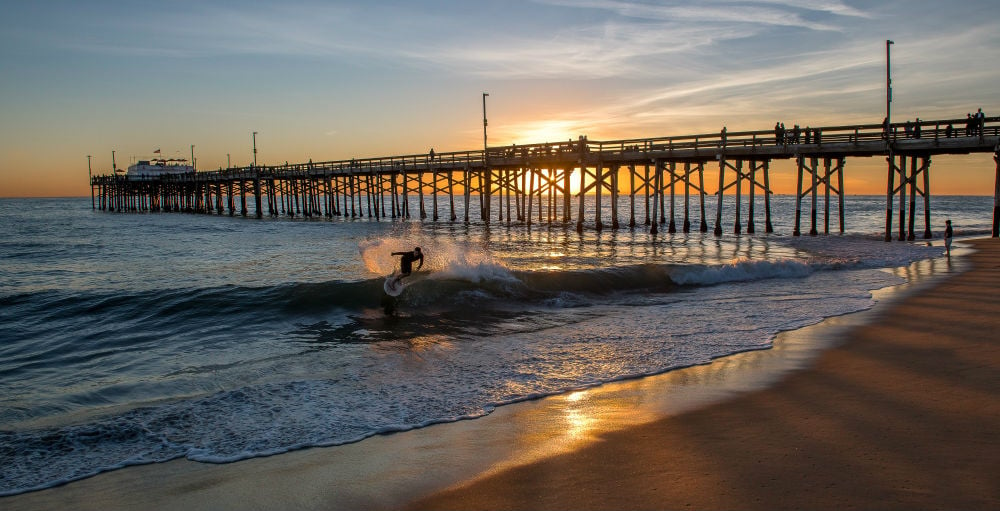
Just as an aside, I know that the sun is blown out in the previous two images, but in my defense, I was just taking a couple of quick snaps to show the difference in the angle of view while I set up my gear for a long exposure later that evening.
You can see that shot above, which, lucky for me, happened to include a guy skim boarding in the foreground!
You Need the Right Apps

Having the right apps on your phone can make the difference between your photo being a success or a flop.
And I don't just mean post-processing apps, either...
These days, there really is an app for just about everything. Here's a few of my favorites.
My Sunset
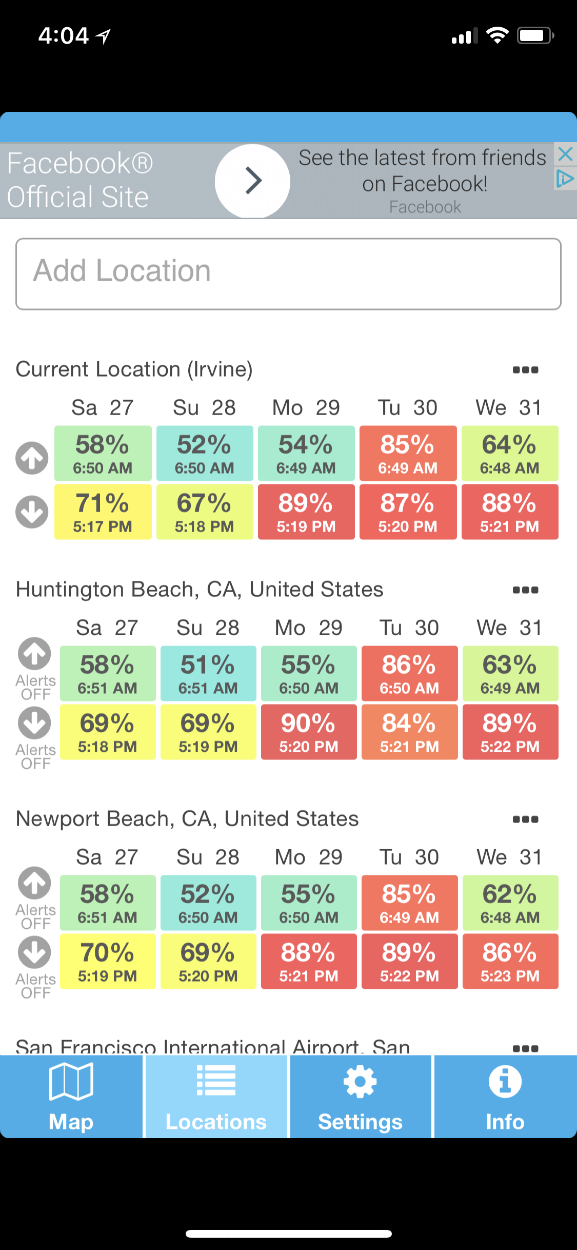
As I noted earlier, I went to the beach to snag a long exposure shot of the sunset, and to ensure I was there at the right time, I used the MySunset app (available for iOS and Android devices).
This app gives you a five-day forecast for the sunrise and sunset, including an analysis of how good the sunset will be.
In other words, the lower the number displayed on the app (i.e., 58%, as shown in the green box in the upper-left part of the screenshot above), the less colorful the sunset will be.
Conversely, the higher the number, the greater the likelihood that you'll have a color-filled sky to serve as a backdrop for your landscape photos.
My Tide Times
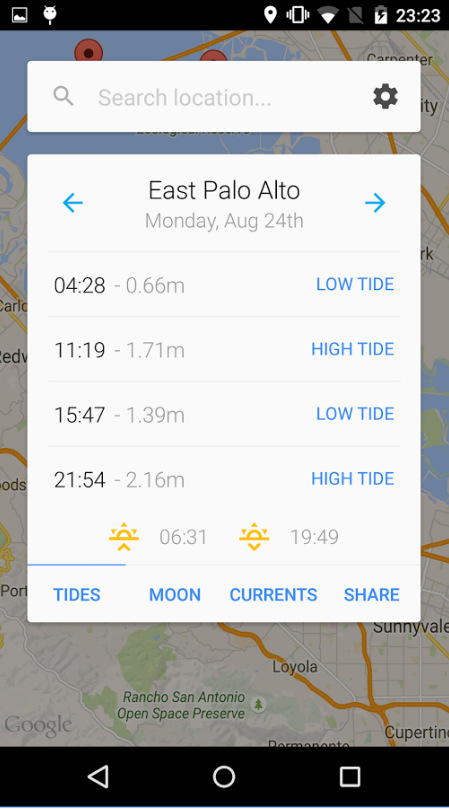
My Tide Times is another app that I use a lot so I'm sure to plan my photo-taking adventures just right.
With a detailed forecast of the tides, My Tide Times allows you to pinpoint a location and get accurate times for the tide coming in and going out.
It'll even tell you how high (or low) the tide will be so you can plan your shoot safely.
It's available for iOS and Android devices.
VSCO
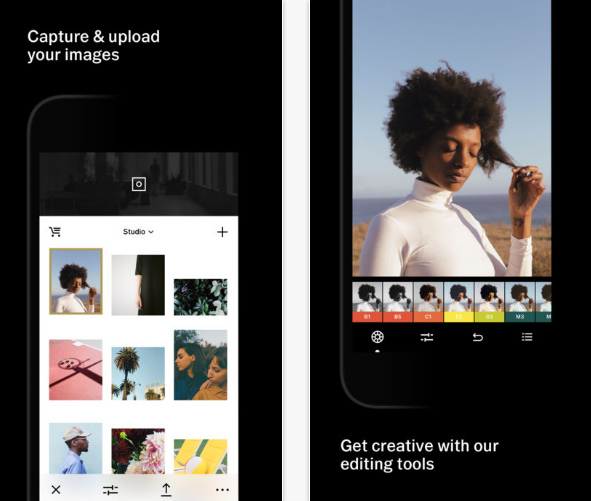
One of the best photo-editing apps out there is VSCO.
And if you recognize the name, its because VSCO has been around forever, but back in the day, it was film they produced.
Their experience with film photography led to the development of a suite of filters you can apply to your landscapes that give them all sorts of looks, from bright, clean, and simple to dark and gritty.
The app includes camera controls as well, which let you make manual adjustments to exposure settings, shoot in RAW or HDR, and much more.
Download VSCO here.
Use a Polarizer
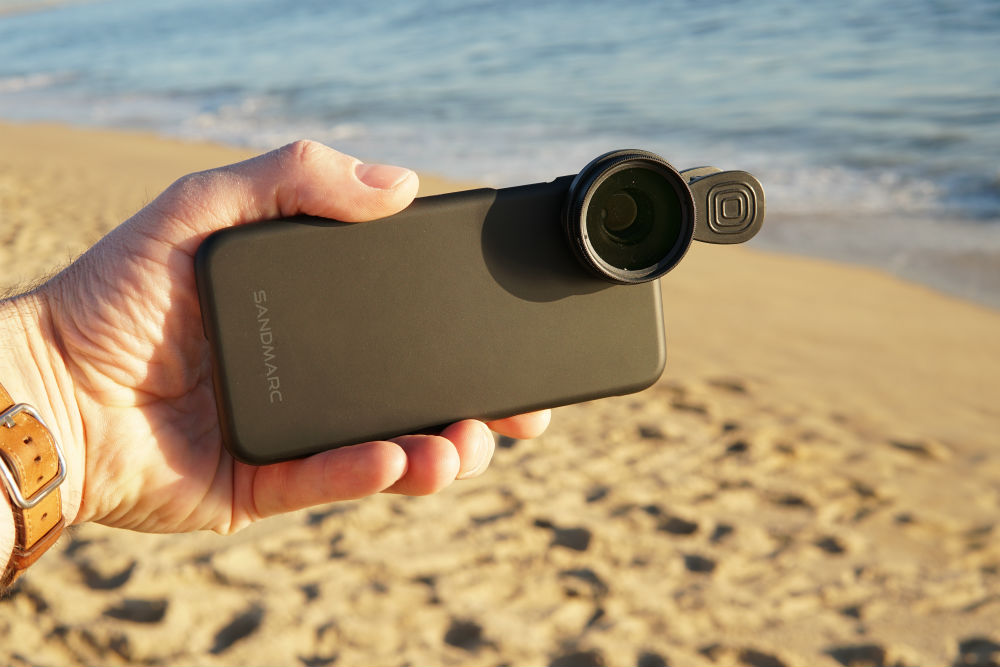
I know it might sound crazy to use a polarizer with an iPhone, but trust me, it can be done!
As it turns out, Sandmarc not only makes lenses for iPhones but they also make a polarized filter.
I tested their polarizer out, and it worked like a charm.
I noticed an increase in the contrast of the sky and clouds, less glare off the ocean surface, and less atmospheric haze, too.
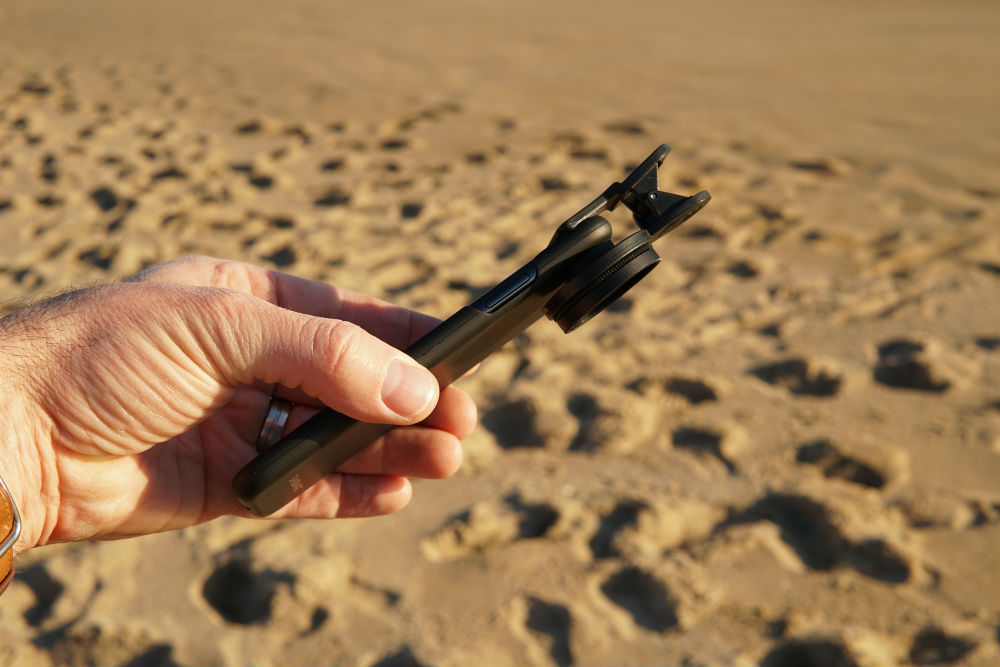
The build quality of this filter is top-notch as well.
It's easy to snap on and off, so using it is a breeze.
My only complaint is that the filter isn't compatible with the Sandmarc wide-angle lens, so to use it, I had to remove my wide-angle lens and go with the iPhone's native lens.
But, if you ask me, that's a small price to pay for getting better landscape photos with this handy polarizer!
Find Ways to Add Depth

One of the troubles that you encounter as a landscape photographer is conveying the depth you see with your eyes in the photos you take.
But there are several tricks you can use to give your landscapes that needed depth, including leading lines.
As you can see in the photo above, the lines created by the roadway help move your eye from the foreground to the midground to the background.
That movement allows you to inspect each "layer" of the shot, thereby giving it the impression of being three-dimensional.
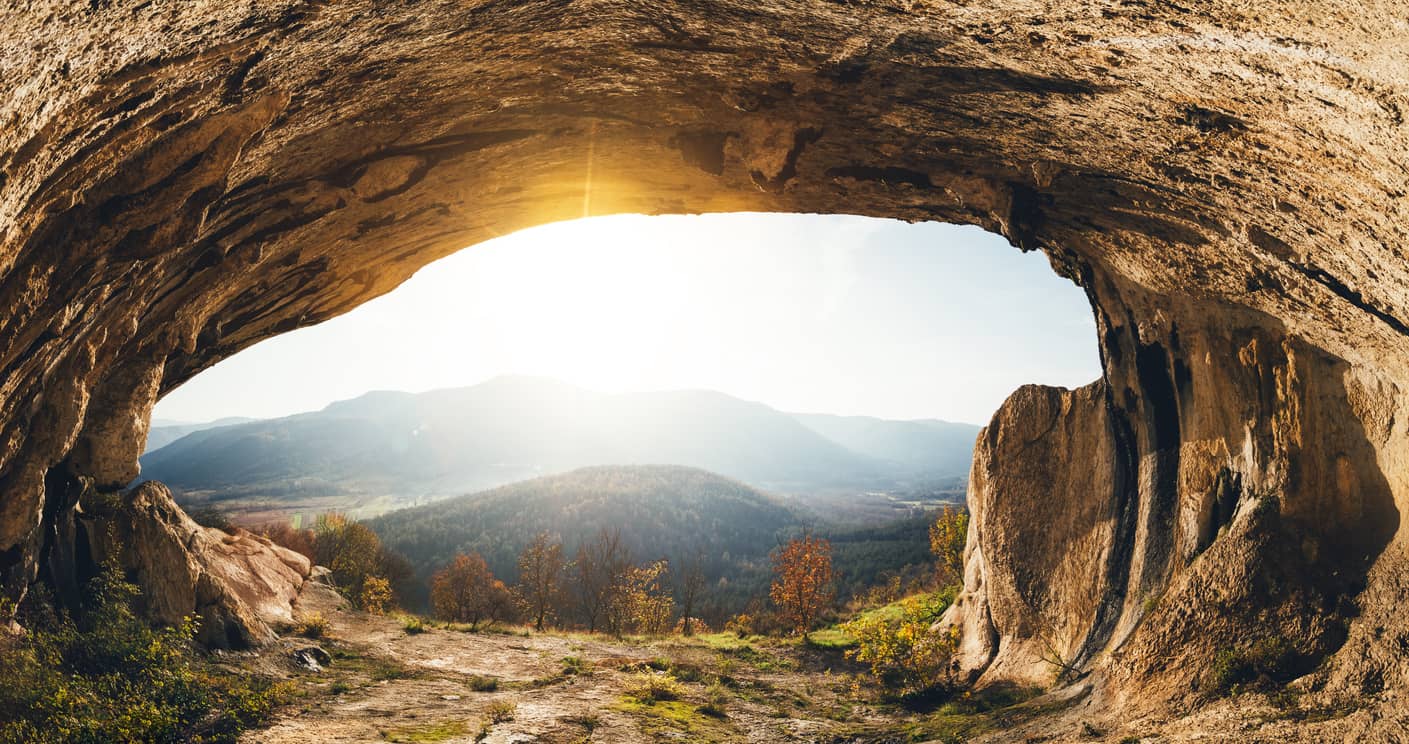
Another popular trick you can use to create depth is to frame the primary subject in some way.
As shown in the photo above, by composing the shot such that the landscape is viewed through the rock formation, we get a sense of the spatial relationship of the elements in the shot. In other words, we have a better understanding of how far away the background elements might be from those in the foreground.
Using a frame within a frame is also a handy trick when you want to create a more intimate look at the landscape, or even if you want to crop unwanted elements out of the shot.
Find Shadows
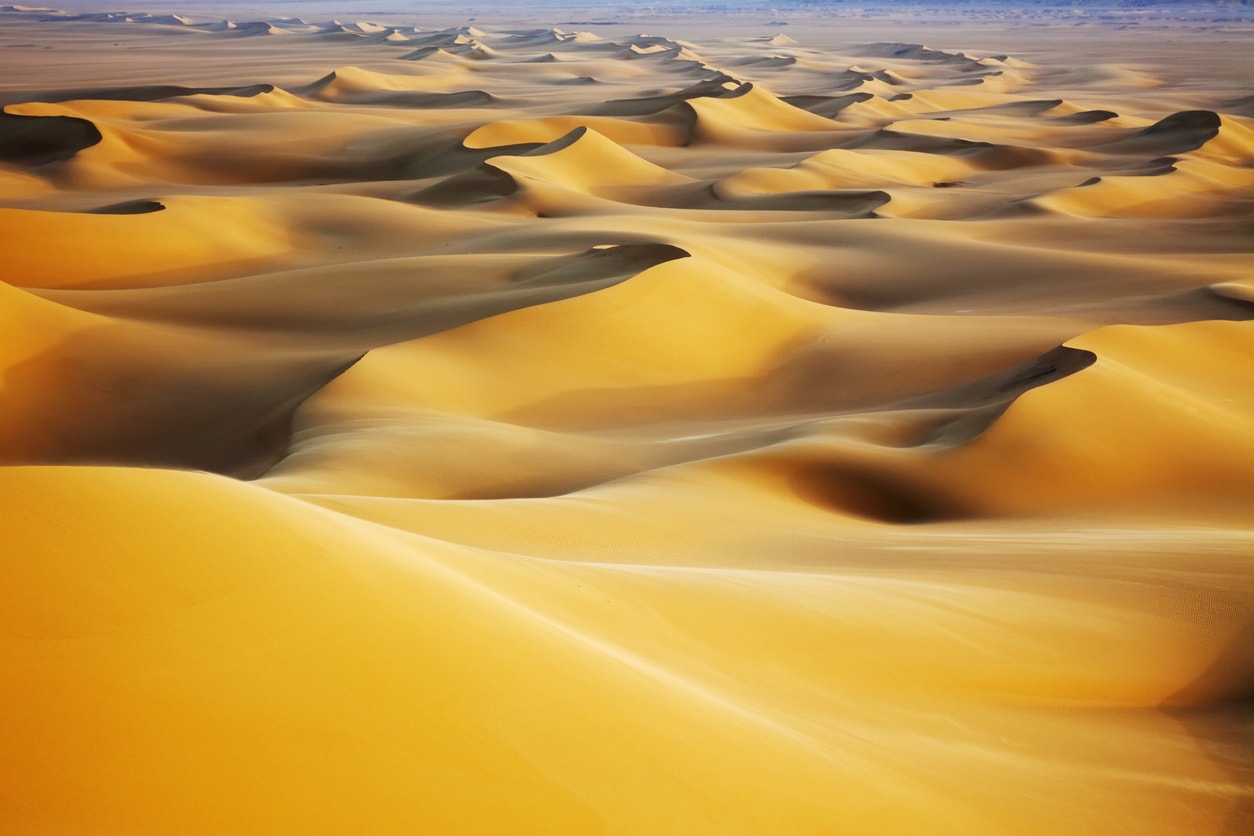
If you shoot during Golden Hour, you'll find beautifully long shadows cast by the low sun.
These shadows not only give your smartphone photos improved dynamic range, but they also help create more visual interest in the photo.
There's different ways to incorporate shadows into your shots, too.
As seen above, you can simply use shadows to highlight a texture or pattern, as you see in the sand dunes.
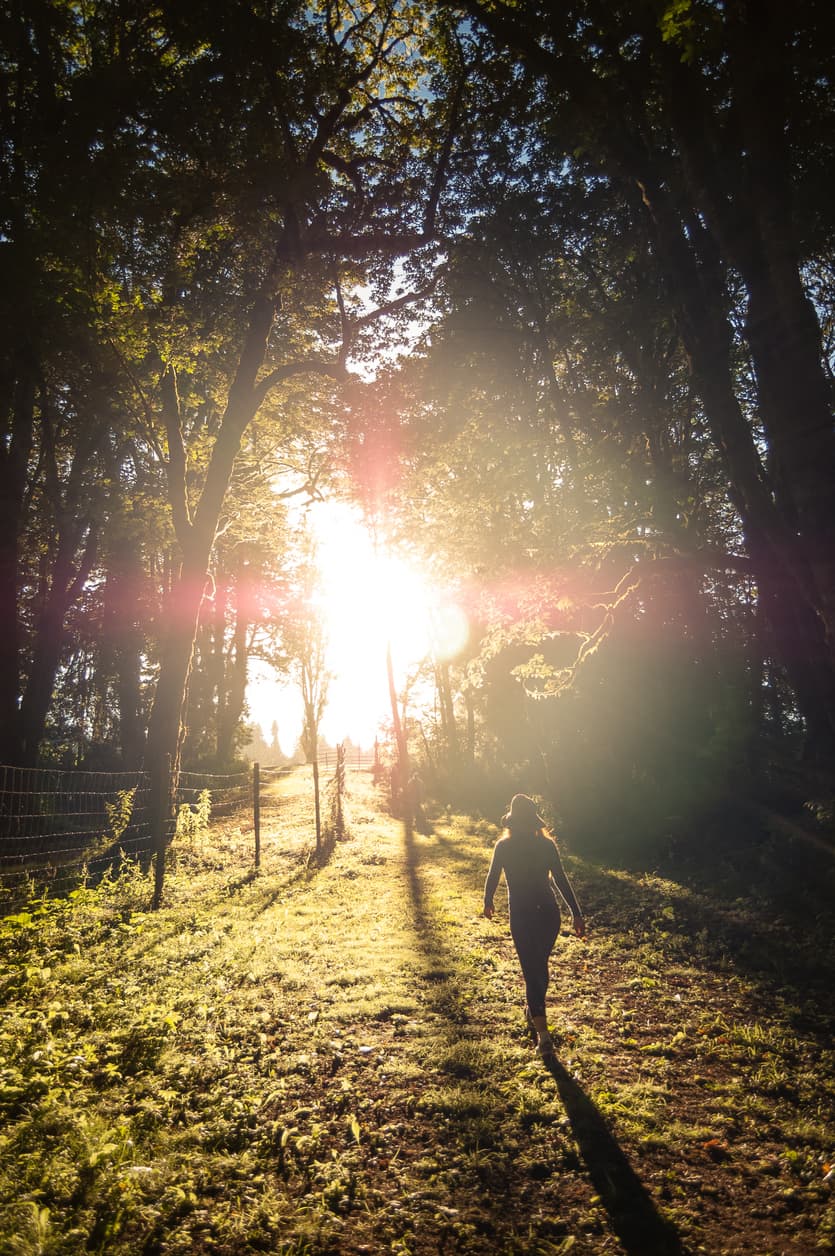
But you can also use shadows to create a little mystery with silhouetted figures, as the photo above demonstrates.
This gives you a little more creative freedom for making gorgeous photos, and in the case of this shot, it also allows you to include a person in the image.
People and landscapes are great complementary subject matter, so whenever you have a chance to include a person in your shots, do it!
This blog post about the topic "iPhone Photography Tips: 5 Tricks to Master Landscapes With Your iPhone" was first published on our website here https://www.photographytalk.com/landscape-photography/8244-iphone-photography-tips-5-tricks-to-master-landscapes-with-your-iphone
